The saintly history of Margaret Island.
A bit less than a square kilometer in size, Margit-sziget, as it’s called in Hungarian, is not only popular for visitors but is among the most popular places for local Budapesti to visit when they want to escape the busyness of downtown. It’s permissible to drive to the island but you’re required to park on its northern edge near the island’s hotel. Only buses and taxis are allowed to drive through the island. It’s also accessible by boat or on foot.
In fact, until 1901, it was accessible only by boat but that year saw the addition of a pedestrian extension from the Margit hid (Margaret Bridge) to the southern end of the island. In 1950, a similar link connected the Árpád Bridge at the island’s northern end. Pat and I approached from the south and crossed to the island from Margaret Bridge. (Here’s that photo again as a reminder.)
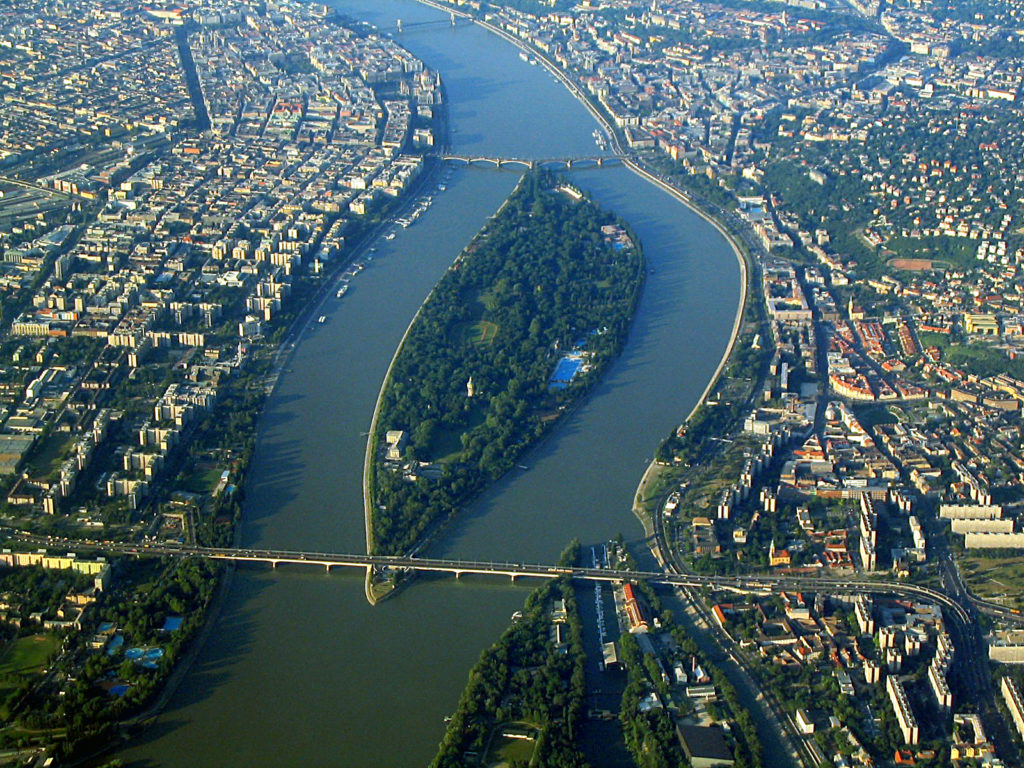
The island, called at one time, Nyulak sziget (Rabbit Island) and at another, Urak szigete (Island of Lords) is now named for Saint Margit of Hungary. It has borne her name since the 14th century – long before her canonization. (There were unsuccessful attempts to canonize her in 1640 and 1770 before she was elevated to sainthood by Pope Pius XII in 1943.)
Margit’s story is an interesting one. She was the daughter of King Béla IV House of Árpád. He, you might recall, was the king who first lost much of his realm to the Mongols but who regained it when the Asian invaders received word that Ögedei Khan had died and, upon hearing that news, ceased their invasion returning whence they came.
When Béla returned to Buda, he and his wife vowed to offer their next child to the church. That child was Margit and when she was three or four years old, her parents entrusted her to the Dominican convent on the island – the ruins of which can still be seen.
Maintaining their promise became complicated because Margit was apparently such a pretty child that when other European royals began to express an interest in marrying her, the king and queen saw an opportunity to strengthen Hungary’s alliances. However, Margit made certain this was not to be. One biography says that even as early as age seven she refused to be engaged to a Polish duke. She told her parents that she would rather die than get married.
Even though she had become a nun by age 18, her parents remained determined to break not only their promise to their god but to break her vows as well. In fact, they reportedly planned to ask the pope to annul her vows so Margit could marry King Ottokár II of Bohemia. Margit remained adamant.
She wrote to her father, “Stop trying to turn me from my determination to remain a nun. I prefer the heavenly kingdom to that which has been offered me by the King of Bohemia. I would rather die than obey these commands of yours that will bring death to my soul.” She further threatened to cut off her nose and lips to make herself unacceptable to men.
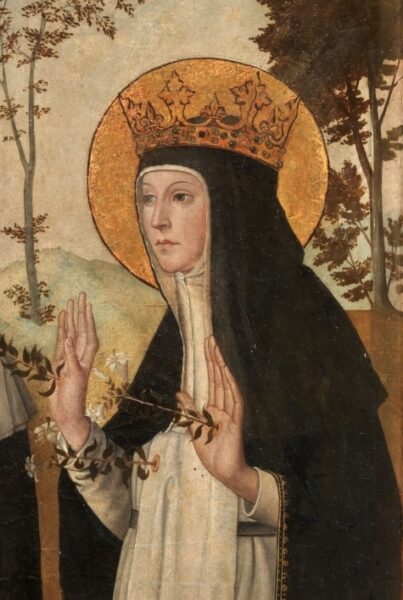
[Image from Wikipedia – Public Domain.]
Even after Béla backed down, Margit still punished herself with “extreme self-abnegation that some observers called self-crucifixion,” according to a biography written by a Dominican nun in the 16th century. Her fellow nuns testified that she also performed “marvelous” services to the sick – attributing as many as 74 miracles to her. This devotion to the sick combined with her disregard for her own health shortened her life and she died at age 28. Her parents, still seething over her refusal to marry Ottokár, didn’t attend her funeral.
But it’s not just for saints and nuns anymore.
Today, Margit-sziget is a place for people seeking amusement, exercise, entertainment, relaxation, connecting with nature and, well, let’s just say that there’s just a lot packed into its 238 acres. It’s a place for tourists and locals. For families and groups. And, especially after dark, for couples seeking romance.
Before embarking on this adventure, I encountered several accounts where locals said everyone they knew in Budapest held cherished memories of visits to Margaret Island. I read story after story of sharing a first kiss on a bench in sight of the ruins of the cloister or of marriage proposals made in the rose garden or at the musical fountain. The island is also a popular wedding spot. Although I don’t know if it can be used for this purpose, there’s a small Premonstratensian Chapel on the island where the 15th century bell that hangs in its tower is the oldest in Hungary. (The Order of Canons Regular of Prémontré {Premonstratensians} was founded in 1120 and the canons regular {they are not monks} and canonesses {who are considered to have equal spiritual lives} generally earn their living by creating and operating small industrial activities such as printing or farming.)
In the few hours Pat and I spent walking the length of Margaret Island we spotted a few of the highlights and missed many others. Entering from the southern side, we watched joggers wending their way along one of the paths that encircle the island. We first passed the Centennial Monument that was placed in 1973 to celebrate the 100th anniversary of the merger of Pest and Buda.
Behind it you can see one of the two musical fountains. With a diameter of 35 meters and 1,000 square meters of water surface, it’s one of the largest public fountains in Europe. The water jets reach a maximum height of 10 meters and are coordinated with one of the six eclectic musical programs that play throughout the day beginning at 11:00. The first five programs change hourly then repeat the cycle beginning at 16:00. The final program begins at 21:00 with Verdi’s Grand March from Aida and ends with Andrea Boccelli singing Time to Say Goodbye. During the daylight, the fountain looks like this:.
In the evening, it’s lit by 250 colored LED lamps. We didn’t see this display but I think you’ll enjoy it.
Had we turned right from the Centennial Monument, we would have come to the island’s Athletic Center that features a soccer pitch, 3 street ball courts, a handball field, 4 clay tennis courts, and a 400-meter running track. Just beyond that, there’s a playground where weary parents can rest and let their children tire themselves.
Continuing our walk, we skirted the Alfréd Hájos National Aquatics Complex. (Hájos was born Arnold Guttmann in Budapest in 1878 and changed his name to sound more Hungarian. As a swimmer, Hájos won the first swimming medal in the modern Olympic Games. Competing when he was a student in Athens in 1896, Hájos won both the 100 and 1,200-meter races. As an architect, Hájos won a silver medal {no gold medal was awarded} for a stadium design submitted for an art competition at the 1924 Paris Olympics. He also designed the center that bears his name on Margaret Island.)
Continuing down the tree-lined path we came to the ruins of the Franciscan Monastery dating from the late 13th century.
The path we’d chosen, while running nearly down the center of the island was slightly closer to its west side. This meant we didn’t walk through the rose garden which is closer to Pest than to Buda. We did, however, walk past the Palatinus Strandfürdő – the public swimming facility on the island. Still, I thought you’d prefer a photo of the Rose Garden.
Because we stayed on the central path, we also missed the monument to Miklós Izsó. He was a 19th century Hungarian sculptor and, according to Wikipedia, his
“…sculptural style integrated elements of classicism and academic style, …the first sculptor attracted by life in the country (“Shepherd Playing the Flute”). His statue of “Grieving Shepherd” of the Munich period (1862) was critically praised throughout Austria.”
I had no foreknowledge of Izsó and learned of him after the trip because in my search for useful photos of Margaret Island, I happened on his. Had this been an ordinary sculpture, I probably would have taken little notice. But the sculpture honoring Izsó has a unique quality that gave me pause.
Yes, it is, indeed, made of Legos. (Remember, throughout this blog I have used Western name order rather than native Hungarian name order. His name on the monument appears in native order as Izsó Miklós.)
This might seem like a lot but Patricia and I are far from done on Margit-sziget as you’ll see in the next entry.
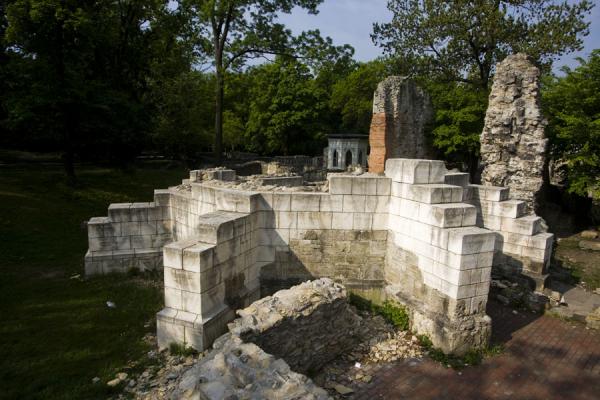
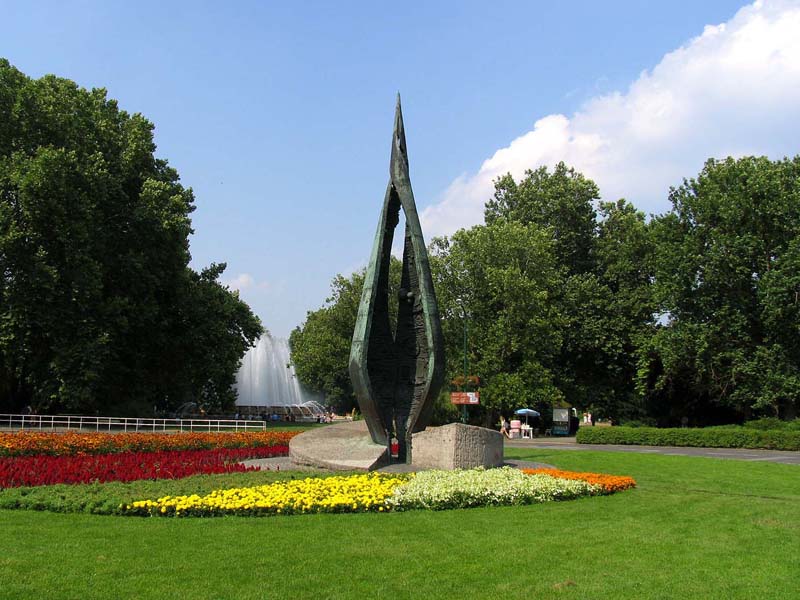

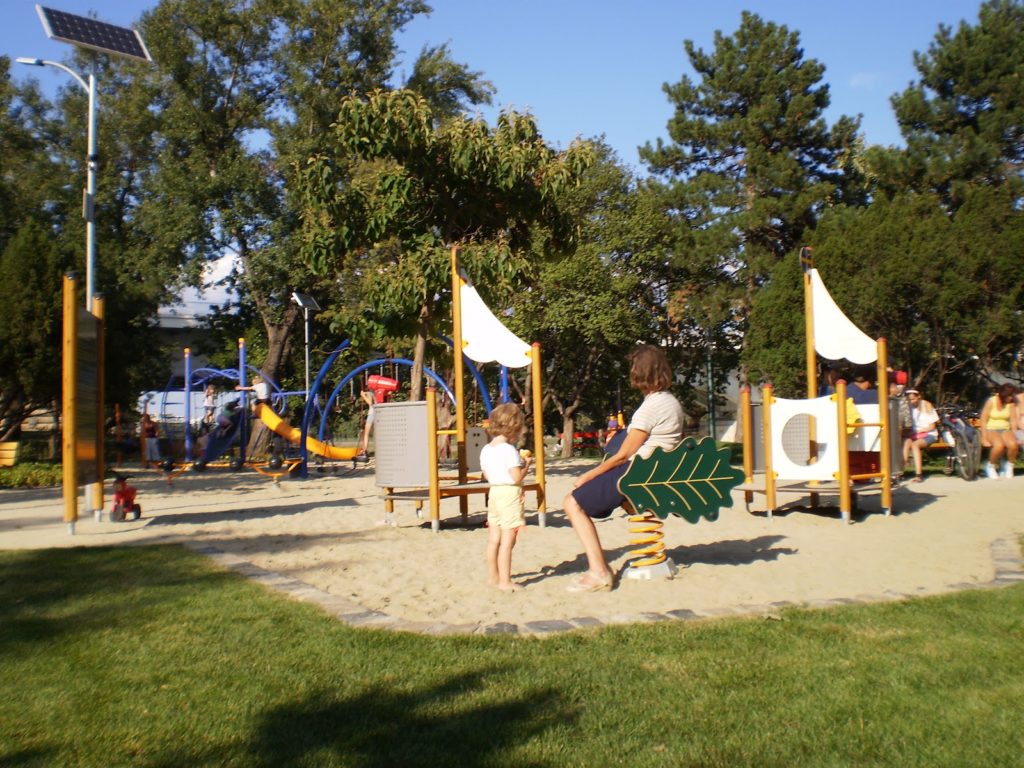
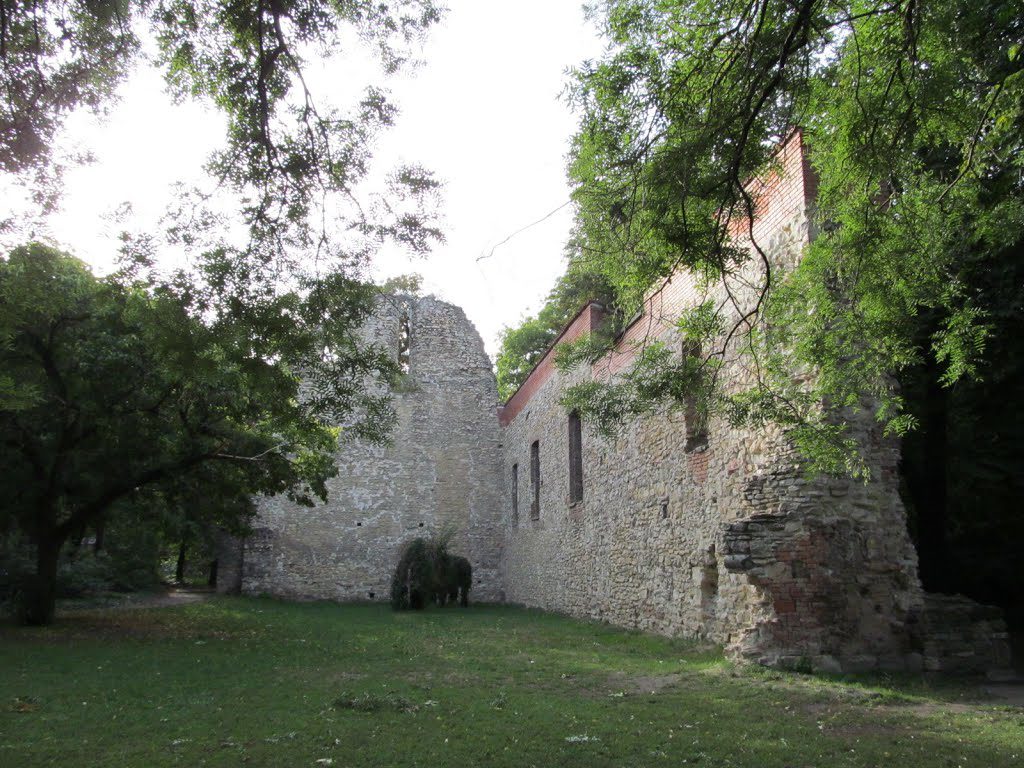


I’m not that much of a internet reader to be honest but I have read a few posts and your blog’s really interesting. Keep it up! I’ll go ahead and bookmark your website to come back later on.